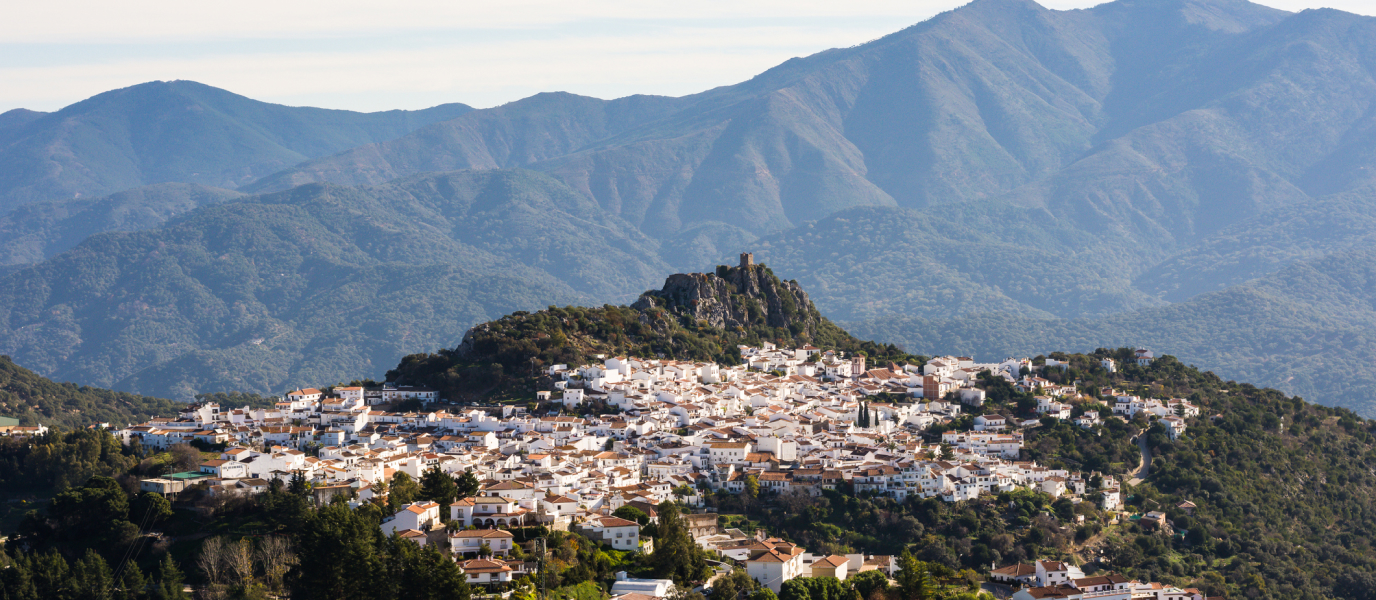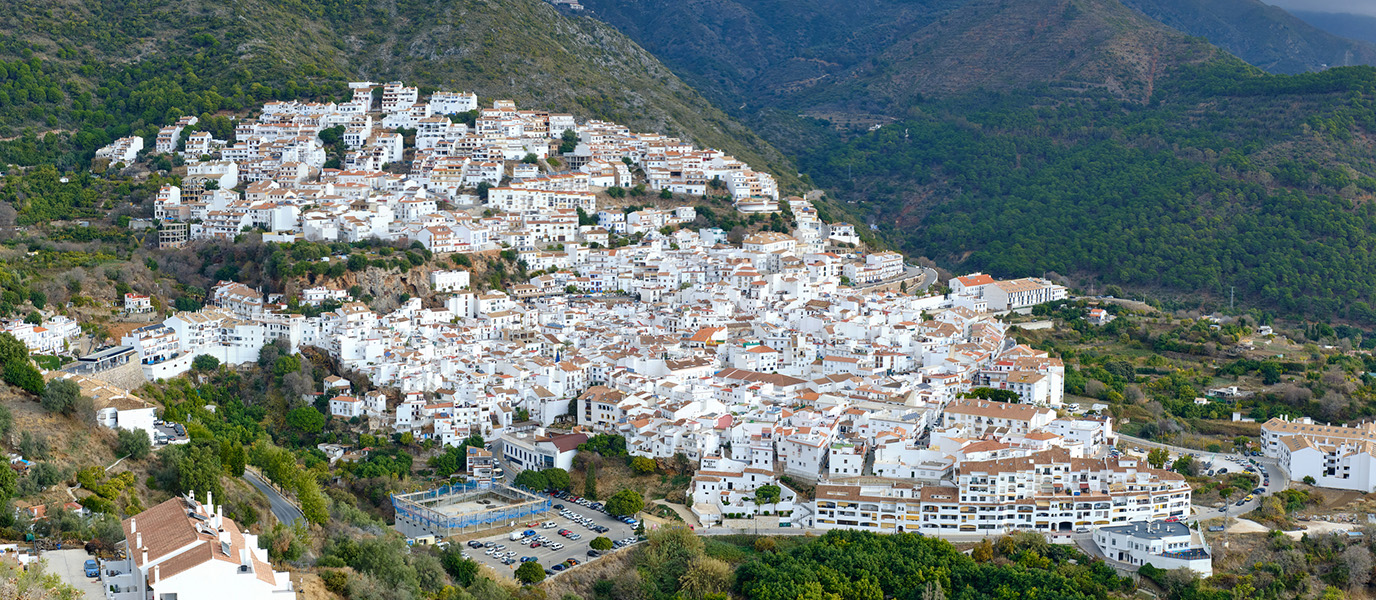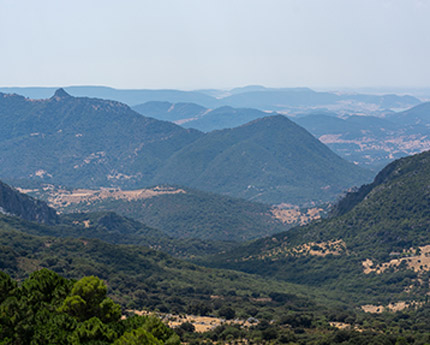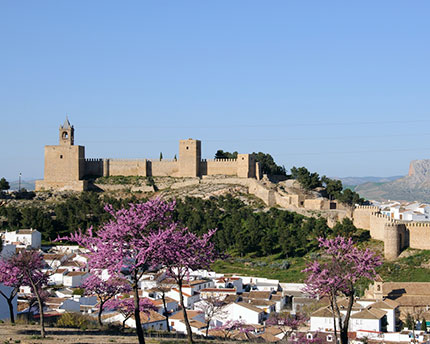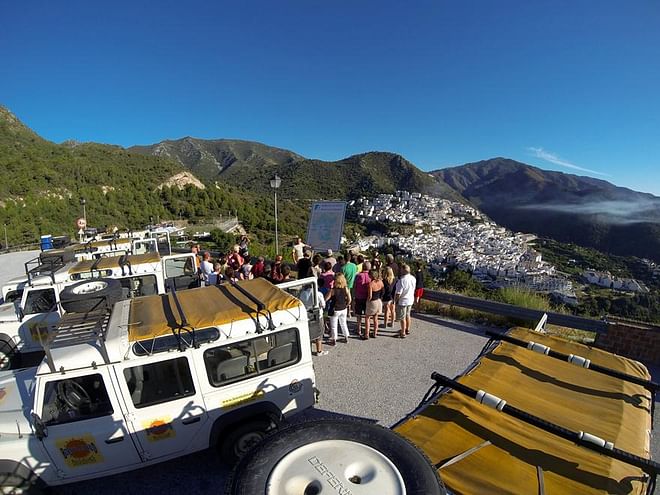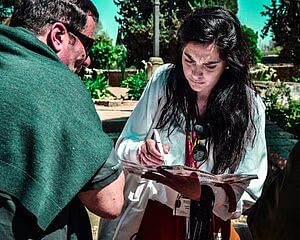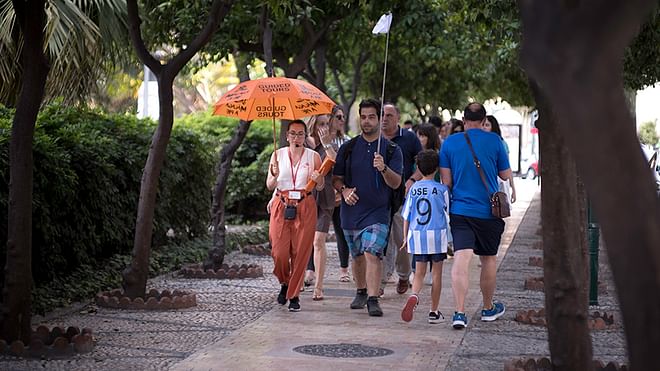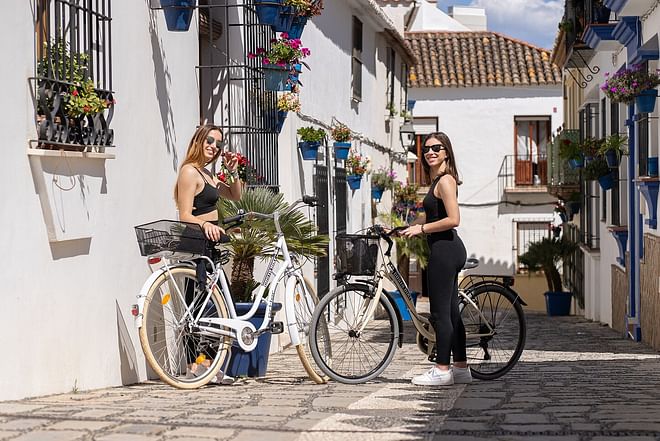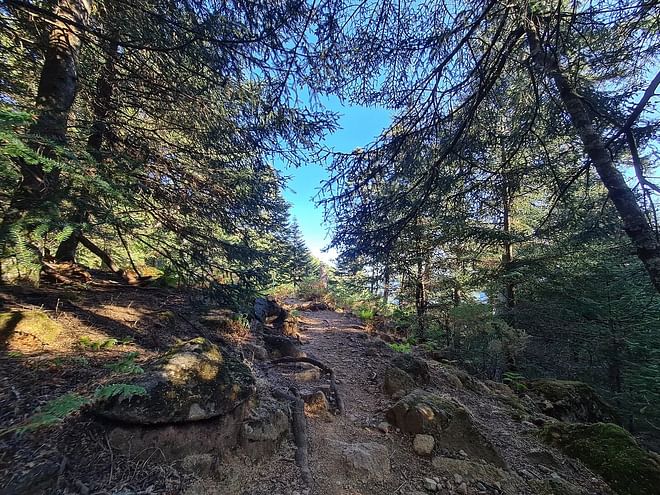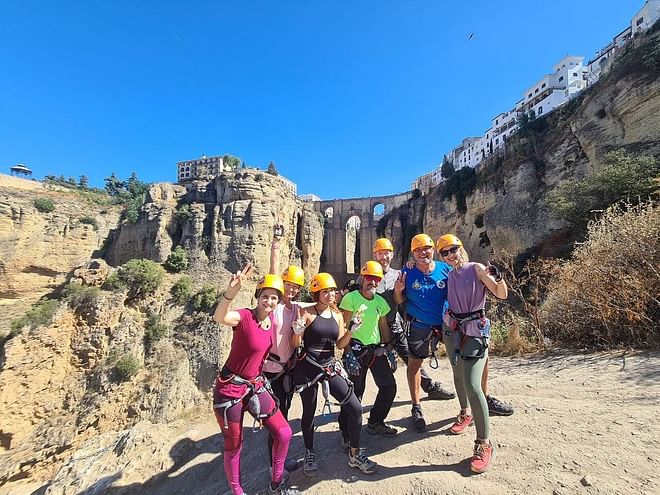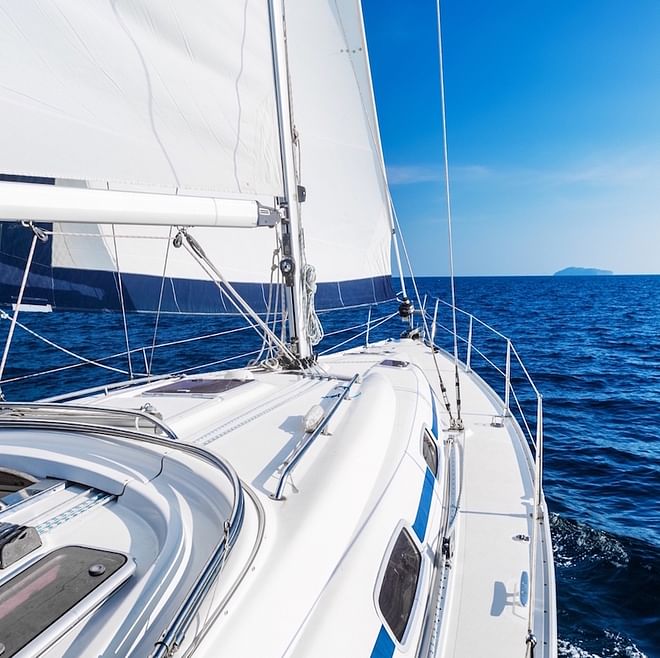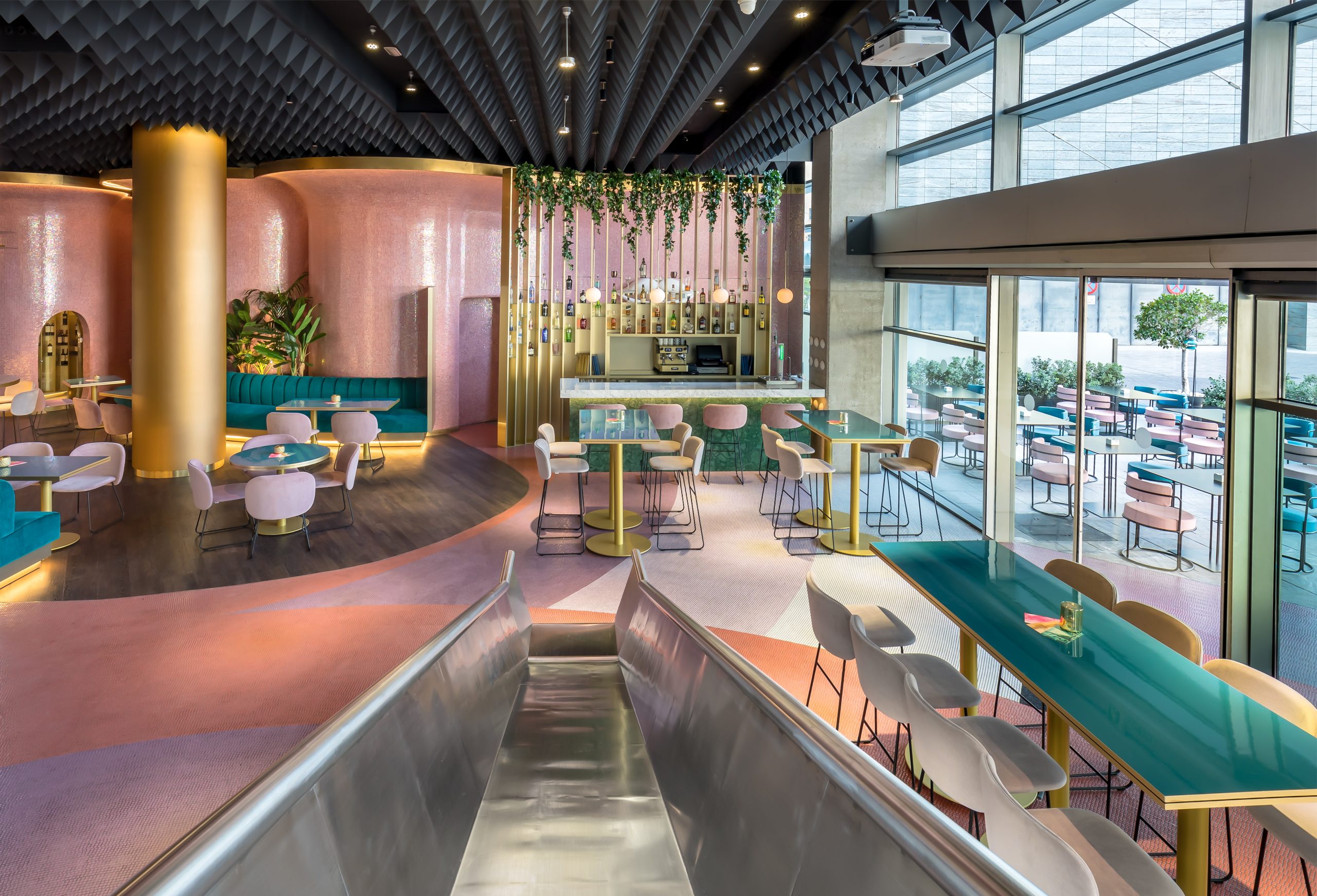Located in the western part of Malaga province in the Serranía de Ronda district, Gaucín is one of those towns that are surprisingly beautiful and nestled in a magical natural environment, surrounded by cork oaks, holm oaks and pines. Such is its beauty that The Telegraph newspaper called it ‘Spain’s most picture-perfect town’. That is saying a lot, but what is certain is that this municipality dazzles with the whiteness of its houses and the beauty of its historic quarter, where Romans, Visigoths, Moors and Christians left their mark.
The ‘illustrious, always noble, very hospitable village of Gaucín’, as its motto says, has just over 1,500 inhabitants, and its steep and winding streets, with their Arab layout, are adapted to the hill where the whitewashed houses with their wrought iron balconies are set. Several artists and foreigners have taken up residence there, drawn by its unique beauty, long history and privileged climate.
Among its tourist attractions, which are well worth a visit, are Eagle Castle, which stands at the top of Gaucín; Saint Sebastian’s parish church; the Vera Cruz hermitage; and the Fountain of the Six Spouts.
Strolling through the old quarter
The old quarter of Gaucín (Malaga) has the layout of the typical Andalusian village of whitewashed houses in the Serranía de Ronda district although, in this case, the town looks down from above with its dazzling whitewashed façades that give it a unique beauty. You can start your visit at Eagle Castle, built on the site of an original Roman fortress that was reinforced by the Moors.
In the old quarter, you should visit Saint Sebastian’s church, built in 1487, with its outstanding Moorish Revival roof; and on the outskirts of Gaucín, there is a Carmelite convent in what used to be the Vera Cruz hermitage (18th century). Also worth a stop is the Fountain of the Six Spouts, made of stone in 1628 in Andalusian Baroque style and displaying a noble coat of arms on the top of its pediment.
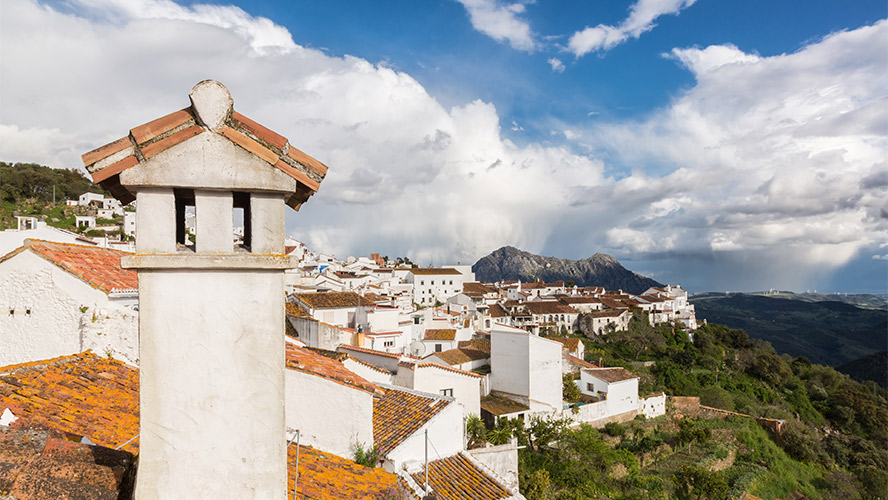
Eagle Castle
Located at the highest point of Gaucín, Eagle Castle stands on a hill 688 metres high and its origins date back to Roman times. In the 11th century, the town was conquered by the Moors and, in 1485, it was taken over by the Christians, although it was during the French invasion when the town suffered the worst attacks.
The Eagle Castle fortress is made up of three walled enclosures, one of which contains the 17th century Holy Child Hermitage and the old hospital, of which only the ruins remain, as well as the Regent’s Tower and a powder magazine that exploded in 1848. The second enclosure has two old cisterns and the third, from the Caliphate period (10th century), has the Queen’s Tower.
Hiking trails from Gaucín
From Gaucín there are beautiful hiking trails that are very popular due to the beauty of the natural environment through which they pass. The most popular trails are as follows: Ruta del Río Genal, 8.6 kilometres long (medium level); Ruta de la Estación de Cortés de la Frontera, 10 kilometres long (difficult); Camino de Umbría, 5.3 kilometres long (easy); Camino de Benarrabá, 8 kilometres long (medium); and Camino de la Alquería, 12 kilometres long (medium).
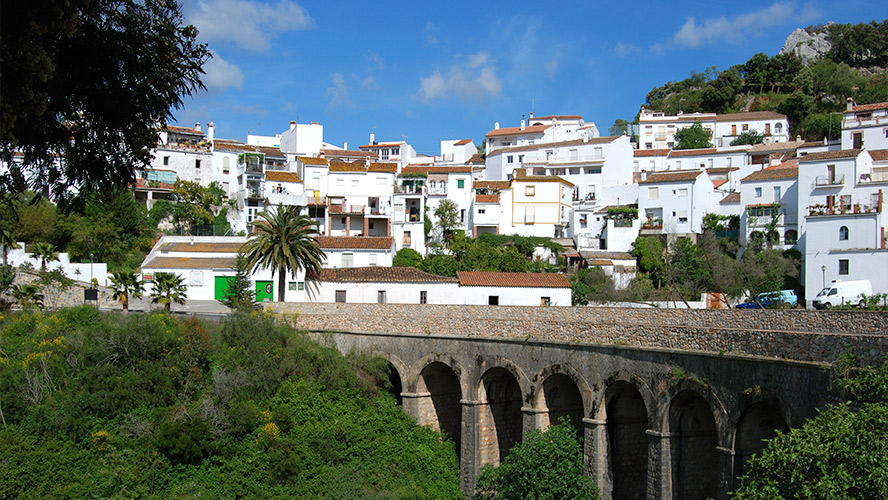
Where to eat in Gaucín
You cannot leave Gaucín (Málaga) without tasting the ‘moraga de sardinas’ (sardine stew) or the ‘guiso de patas’ (pig feet stew). There are good establishments in Gaucín where you can enjoy traditional Andalusian cuisine. If you get the chance, you can go to renowned restaurants such as Azulete, Bodeguita Chaparro, Casa Antonia, Bonissim, El Ático, El Hacho, La Cruz and La Esquinita. Nevertheless, there are many more places in Gaucín where you can also enjoy the typical gastronomy of Malaga such as La Fructuosa, La Raíz, Platero & Co, Portusuelo and Paco Pepe. All of them stand out thanks to the quality and variety of their traditional cuisine.
Itineraries in Malaga
What to see in Malaga in 1 day
What to see in Malaga in 2 days
What to see in Malaga in 3 days




































































